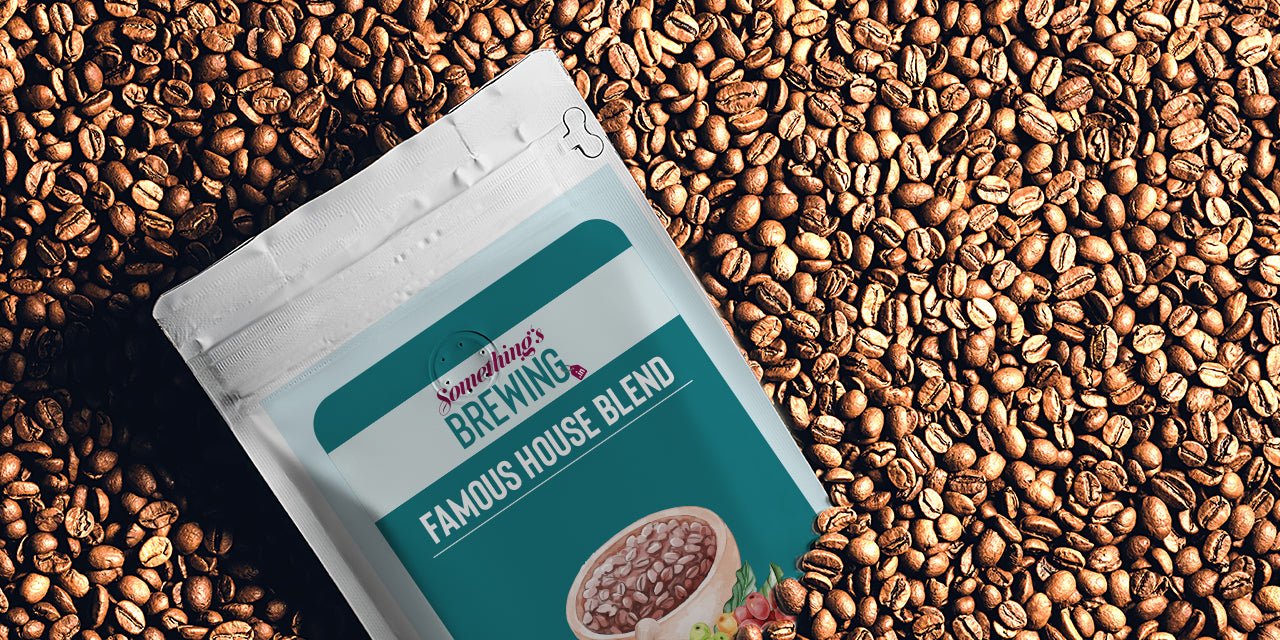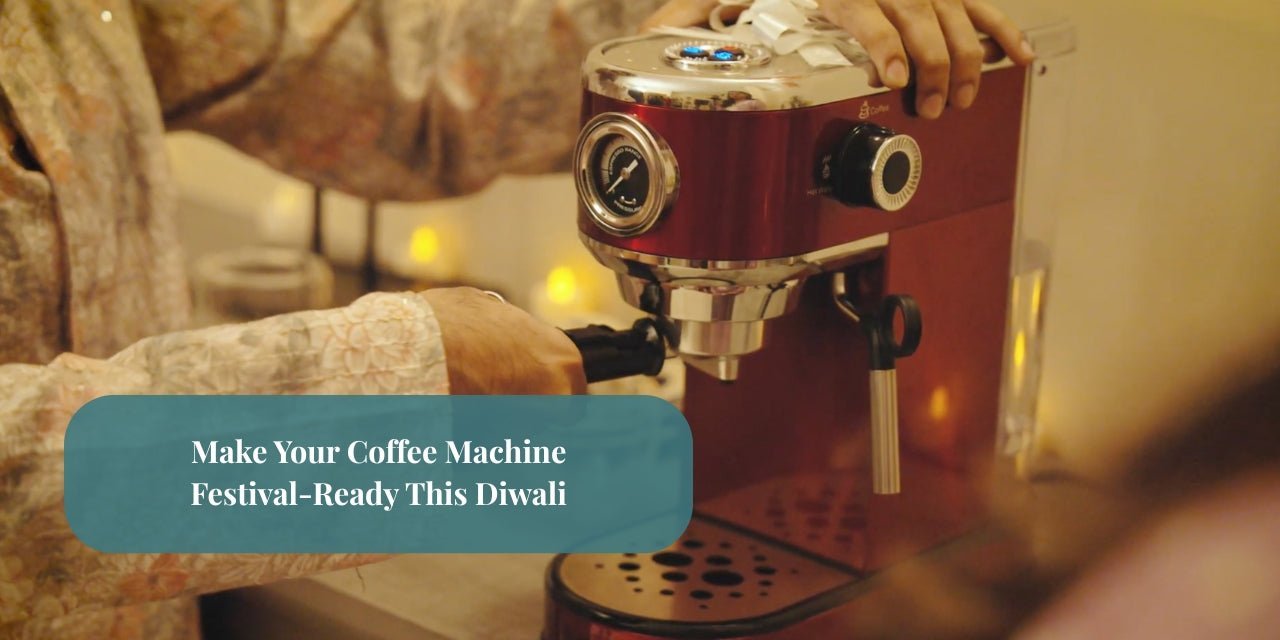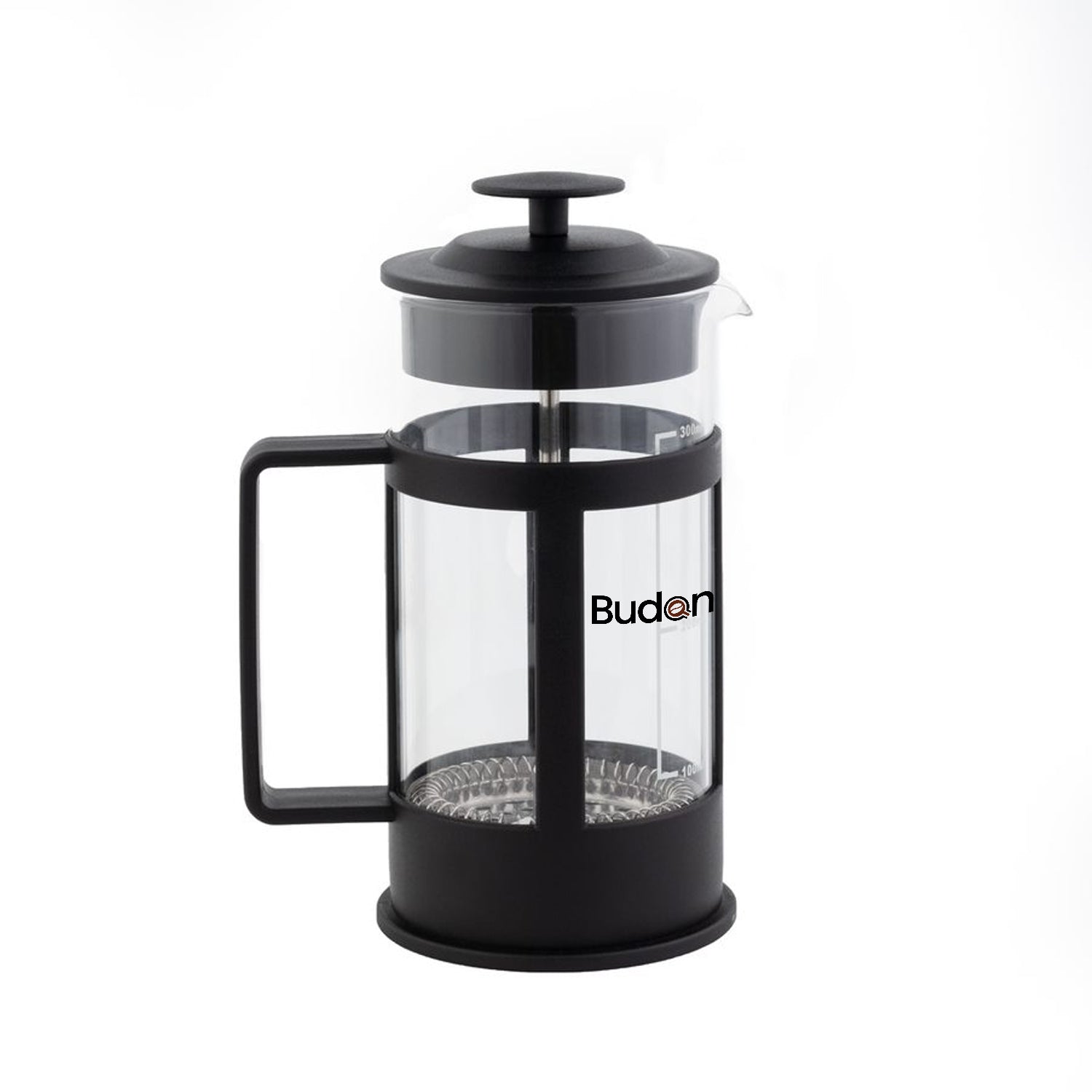Every coffee bean bag label chronicles the story of the coffee from its origin farm to the roastery. Essentially, the label presents enough information to give us a picture of what the coffee might taste like when brewed.
By learning to read the label you can understand the coffee beans better, explore its varieties and brew great coffee. In this article, let's learn to decipher coffee bag labels in order to choose the perfect beans to suit your palette.
9 Things to See When Reading a Coffee Bag Label

1. Name
Found almost always at the top of the packaging in the boldest letters, the brand name is the name of the roastery and/or distributor. Roastery is a place where they roast green coffee beans to bring out the aroma, taste and colour of the coffee. This is also the place where they choose the types of coffee and assign a particular roast depending on the bean's inherent flavour notes.
2. Origin
Most if not all specialty coffee roasters share information about the origins of their coffee. Usually, this will be the name of the region or country where the coffee bean was grown. Some labels may provide additional details about the specific farm or estate.
For example, the Naivo coffee in the image below has Thogarihunkal and Chikkamagalur printed on the label. Here, Thogarihunkal is the name of the estate and Chikkamagalur is the name of the region the estate is located in.

3. Roast Profile
The level of roasting is referred to as the roast profile or roast degree. When a batch of green coffee is roasted at a roastery, a particular roast level is assigned to the batch by experts. The longer the beans stay in the roaster, the darker and more roasted they become. The common coffee roasts include:
- Light roasts
- Dark roasts
- Medium roasts
Generally, specialty coffee lovers tend to choose lighter roasts. However, darker roast coffee can produce excellent coffee too.
4. Coffee Varietal
In coffee terms, varietal tells us the type of coffee cherry the beans come from. Some of the varietals include Selection 795, Selection 9, Catuai and Kents. These are some of the few thousands of coffee varietals found around the world.
Note from the experts: Coffee varietal is different from coffee variety. The latter refers to the variety of coffee beans such as arabica or robusta.
5. Process
When the coffee cherry is fully ripe, the beans are removed from it by employing certain practices. This practice is called coffee processing.
There are different kinds of processing methods and each method uniquely affects the flavour of the bean. That's why, it is a key factor to keep in mind while reading a coffee label.
The 3 most coffee processing methods include the Wet/Washed, Dry/Natural and Honey Sun Dried method.

6. Roast Date
To make a great cup of coffee, above all things the coffee beans should be fresh. The date of roasting will help us know how fresh the coffee is. We need to check the roasting date to ensure the coffee is packed with its original flavours and is of high quality.
The roasting date should not be over a month when you are purchasing the pack. Plus, the coffee should rest for at least two days after roasting.
7. Elevation
Coffee is grown at higher altitudes above 900m to 1500m. Generally, coffee grown at higher altitudes tends to taste better. They develop more complex flavours and produce brighter cups. Whereas lower altitude coffees have simpler and milder flavours. Some brands also mention the altitude range of cultivation.
8. Tasting Notes
Roasters almost always mention the tasting notes on the label. It is a way for them to communicate the flavours the beans are capable of producing when extracted properly. Examples of flavour notes include chocolate, hazelnut, raspberry, caramel and cinnamon.
Most of the time, some flavour notes are stronger than others. This also depends on your palette and its ability to pick up on flavours.
9. Brewing Recommendations
Occasionally, roasters mention their brewing recommendations on the label. Although this is no hard rule, we can take cues from the recommendation to brew excellent cups of coffee.

Final Takeaway
A coffee bean bag holds a promise of delicious brews. The label paints a picture of this promise, so by reading and understanding it better, you will be able to brew your personal best coffee.
Paying attention to these factors will surely elevate your coffee experience. Plus, it will aid you in all your recipe experimentations.


























